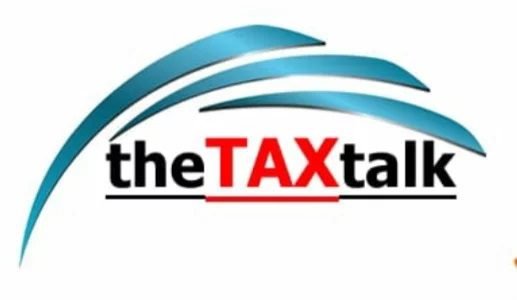![]()
Key CGST Rules regarding ITC reversal and apportionment – Rule 37, 39, 42 & 43.
The Central Goods and Services Tax (CGST) Rules form the backbone of India’s GST framework, ensuring transparency and clarity in tax compliance. Here is a compilation of some critical rules to understand its applicability:
1. Rule 37: Reversal of Input Tax Credit (ITC) on Non-Payment of Consideration
• Reversal of ITC: If a recipient fails to pay the supplier the invoice amount and applicable tax within 180 days, the availed ITC must be reversed along with 18% interest.
• Proportional Reversal: For partial payments, ITC must be reversed in proportion to the unpaid amount.
• Reclaim of ITC: Once payment is made, the recipient can re-avail the credit.
• Exemptions: Supplies without consideration (Schedule I) and those under reverse charge are excluded.
To illustrate – A business avails ITC on an invoice dated 1st January 2024 but fails to pay the supplier by 29th June 2024. The ITC must be reversed in the July 2024 GSTR-3B return, including interest.
2. Rule 39: Input Service Distributor (ISD)
This rule guides the proportional distribution of ITC among branches based on state turnover, enabling seamless credit allocation across operations.
3. Rule 42: Reversal of ITC for Mixed Usage of Inputs/Services
When inputs or input services are used for both taxable and exempt supplies, ITC must be apportioned.
• Monthly Reversal: Proportionate reversal is calculated based on the turnover ratio of exempt to total supplies.
• Annual Adjustment: A year-end recalibration adjusts any over-reversed or under-reversed ITC.
To illustrate –
A business with 70% taxable and 30% exempt supplies uses common services (e.g., rent). ITC on 30% of these common services must be reversed monthly.
4. Rule 43: Reversal of ITC on Capital Goods
• Exclusive Use: ITC is either fully allowed (taxable supplies) or not allowed (exempt supplies).
• Common Use: Proportional reversal is done based on usage for taxable vs. exempt supplies over the useful life of capital goods.
To illustrate –
If machinery is used 60% for taxable supplies and 40% for exempt supplies, ITC on the exempt portion (40%) is reversed in installments over 60 months.
Understanding and adhering to these rules not only ensures compliance but also minimizes financial risks, such as penalties or loss of ITC eligibility.


